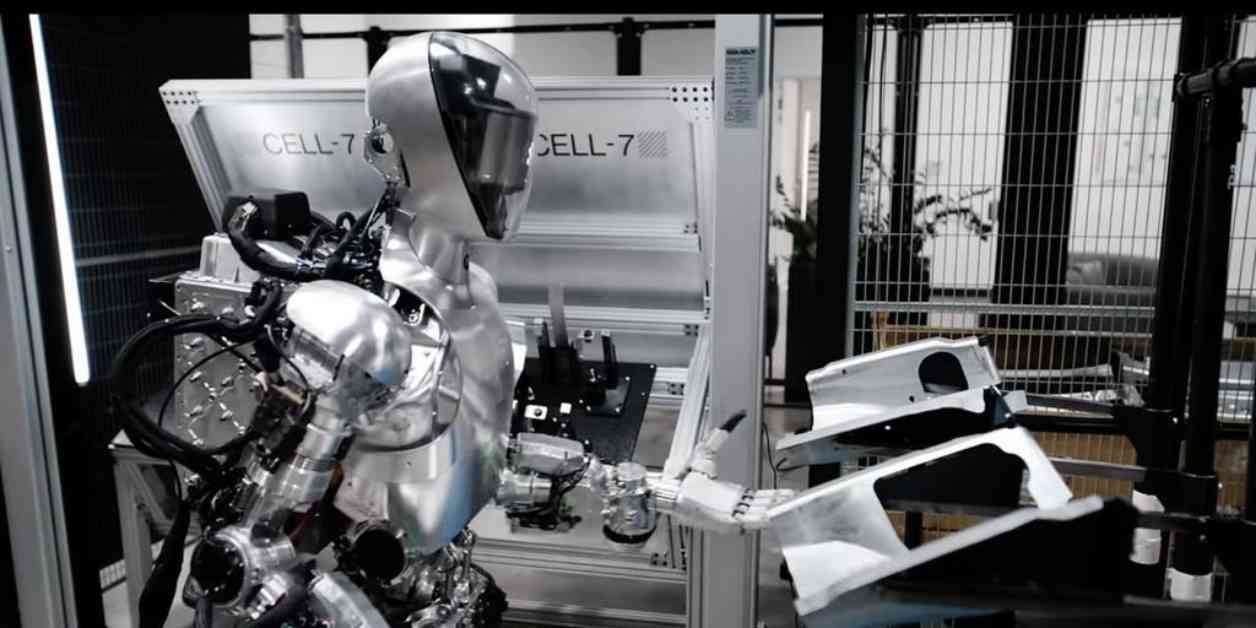The field of AI-powered humanoid robots is currently experiencing significant growth, with many companies working towards creating versatile machines capable of performing a wide range of physical tasks typically done by humans. These robots aim to provide a more cost-effective and consistent labor source, potentially transforming economic growth and labor markets. The ultimate goal is to create a workforce that can adapt to various tasks, potentially decoupling economic growth from population figures and unlocking a source of labor limited only by resources.
The humanoid robot developed by Figure stands at 5 feet 6 inches tall, weighs approximately 132 pounds, and can carry a payload of up to 44 pounds. It operates on an electric system and can run continuously for five hours, reaching a maximum speed of about 2.7 mph. These specifications allow for meaningful work in manufacturing settings while still maintaining a form factor similar to human workers.
The partnership between Figure and BMW is a significant milestone for the robotics startup. This collaboration marks Figure’s first commercial deal since its founding in 2022, demonstrating the industry’s growing interest in humanoid robotic solutions. The humanoid robots will be deployed at BMW’s manufacturing facility in Spartanburg, South Carolina, which is currently the largest automotive exporter in the United States, employing 11,000 people. Over the next 12 to 24 months, these robots will be integrated into various processes, including the body shop, sheet metal work, and warehouse operations.
The latest video demonstration, titled the “BMW Full Use Case,” showcases the Figure robot’s advancements in several key areas. The machine now demonstrates improved capabilities in grasping complex shapes, navigating and avoiding obstacles, precision placement of parts, and even error correction and fine-tuning. For instance, the robot can handle large, complex shapes with its rubber-tipped fingers and place them accurately on jigs, even when the robot’s view of the locating pegs is obstructed. When it notices that parts are not sitting properly, it can tap them into place with the back of its hand, showcasing an ability to correct its own errors.
While Figure’s humanoid robot is entering a competitive field with other companies developing similar technologies, the future of humanoid robots in manufacturing looks promising. As AI behavior models continue to evolve, these robots are expected to become faster, smoother, and more skillful. The integration of humanoid robots into real-world manufacturing environments is likely to increase, potentially transforming production processes across various industries.
However, as these technologies advance, it will be essential to monitor the economic, ethical, and societal implications of widespread humanoid robot adoption. Questions about the future of human labor, job displacement, and the need for new skills in the workforce will need to be addressed. Striking a balance between technological innovation and the preservation of human employment and well-being will be crucial as the industry continues to progress.



